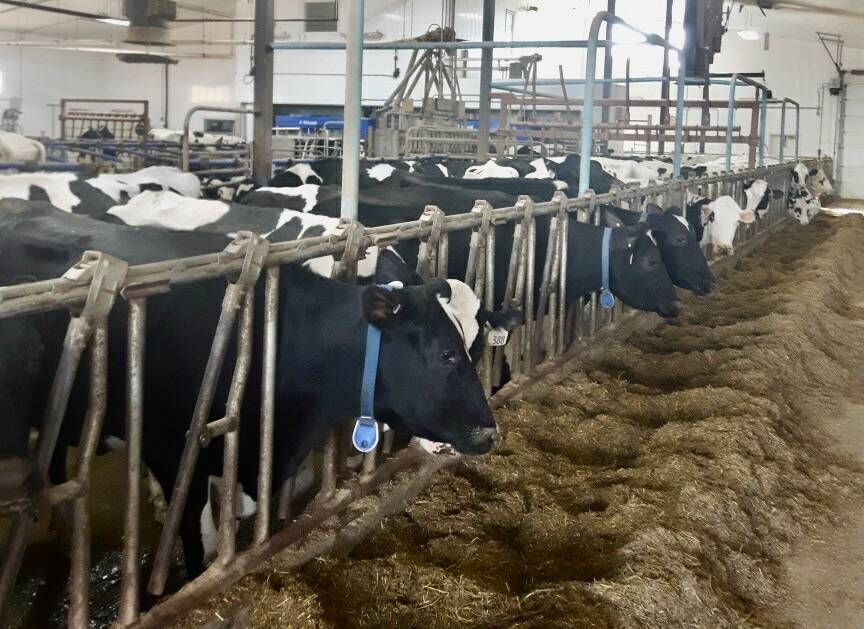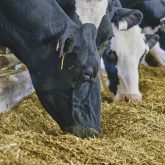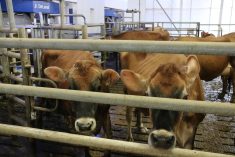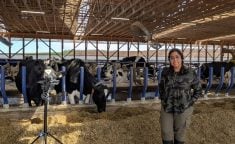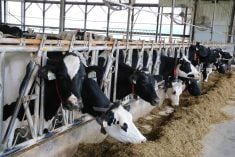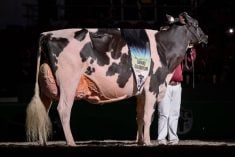I am so convinced each bite of lactation diet counts that each time I walk into a dairy barn I conduct a five-minute routine.
First, I walk along the bunk and look at the cows that are eating — and look over to the cows lying in their stalls. I’ll also pick up a handful of lactation diet and pick through it.
In these short five minutes, these observations give me a ballpark idea as to how much lactating diet is being eaten on an as-fed and dry-matter intake basis.
Read Also
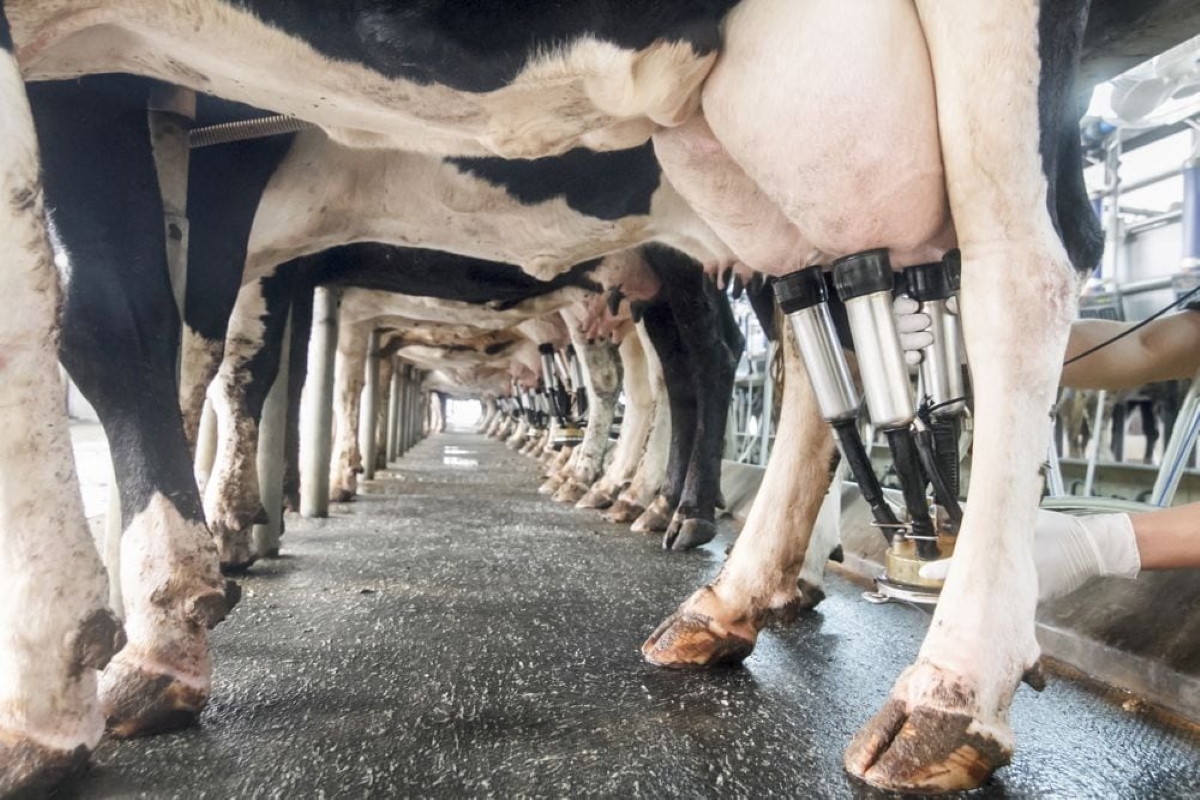
Farm gate milk price to rise in 2026
The Canadian Dairy Commission will raise its farm gate milk price by 2.3255 per cent in February, the Crown corporation announced on Friday.
When the dairy producer walks with me, I often fine-tune these observations by asking specific questions about the cows or something about the diet. By getting a handle on the dry matter intake of the lactation barn, I am really getting an idea of the amount of dietary energy intake that drives milk production — which in most cases is almost a perfect correlation.
With the advent of more robot milking systems, the dry matter intakes of lactating dairy cows have dramatically increased, and milk production follows along. For example, I can design a PMR (partial mixed ration) to be fed in the bunk at 50 kg on an as-fed basis (25 kg, dmi) and another five kg of robot pellets fed at the milking stations.
As a result, the dairy cows are cleaning up about 30 kg of actual feed on a dry matter basis to produce 40-45 kg of milk per day. Such intake and performance were really unheard of 10 years ago in the traditional parlour milking systems.
Whether lactating cows are milked in a parlour or robot barn, high-quality forages have always promoted high dry matter intakes. The science is simple: more kilos of a well-balanced lactation diet tend to pass through the cows’ rumen, because its fibre portion tends to be more efficiently digested by the resident rumen microbes, which also speeds up its rate of passage throughout the whole digestive tract. Naturally, there are many chemical restraints in the rumen that kick in along the way, which also help maintain such good rumen function.
Based on these broad-based nutritional principles, here is a set of dairy barn suggestions that in my experience help achieves optimum feed intake among lactating dairy cows.
Set up a close-up dry cow feeding program
Close-up dry cows (three weeks before calving), which consume about 12 kg of dry feed daily, have been shown to have greater DMI as early lactating cows and fewer post-partum metabolic problems.
Promote good rumen fermentation
Typical rations for lactating dairy cows should be formulated to contain 19-21 per cent acid detergent fibre (ADF), 28-32 per cent neutral detergent fibre (NDF) (with 75 per cent coming from effective forage fibre) and limitations of 35-42 per cent placed on non-structural carbohydrates.
Know DMI and as-fed intake
A weekly schedule of DMI and as-fed intake of the lactation herd, as well as the moisture content of the diet, should be recorded. A friend of mine, who milks 350 dairy cows, measures their DMI and as-fed intake every few weeks and their dietary moisture levels about once per week. In doing so, he has significantly decreased the incidence of ketosis in his fresh cow group.
Formulate healthy rumen diets
Feed a portion of the grain that has slower rates of starch digestion, such as grain corn, to prevent acidosis. Avoid feeding too much bypass palm fat. Make sure to limit feed unpalatable feed ingredients. Lastly, check forages and grains for visible mould and other contaminants.
Use a direct-fed microbial (DFM)
I often formulate a DFM into lactation diets. It contains bacteria, grain and forage enzymes and yeasts, which have been shown to improve feed digestibility and prevent sub-acidosis rumen acidosis. Fed at 10 g per head per day, it costs about 25 cents per head per day.
Most of these suggestions take time to implement, but sometimes it only takes five minutes of common sense to promote dry matter intake in lactating dairy cows.
At one farm I visited recently, the bunk ration seemed to be very dry. All it took was adding 100 litres of water to the PMR that helps increase its consumption and subsequent milk production — just a little bite.
Peter Vitti is an independent livestock nutritionist and consultant based in Winnipeg. To reach him call 204-254-7491 or email [email protected].

